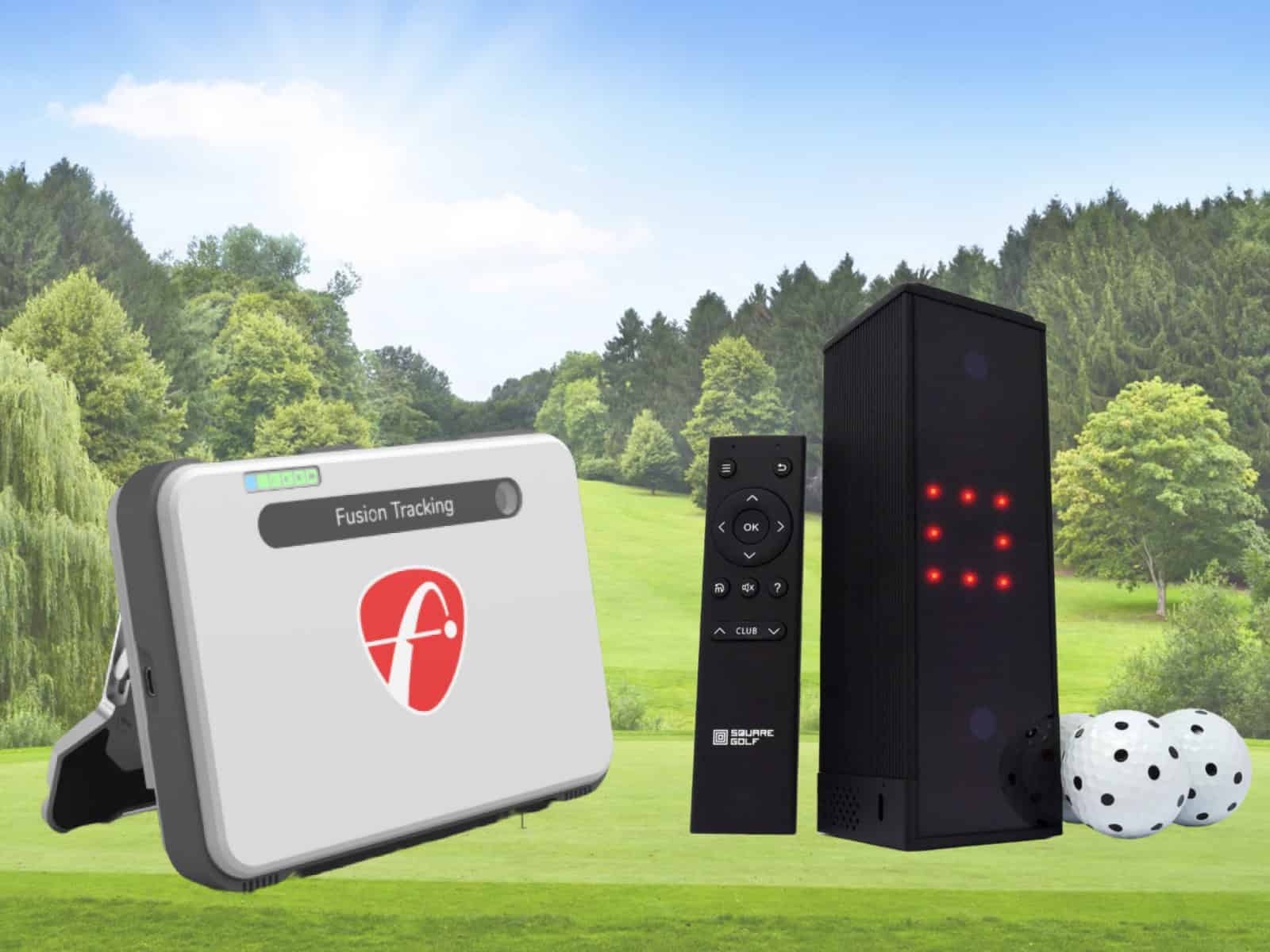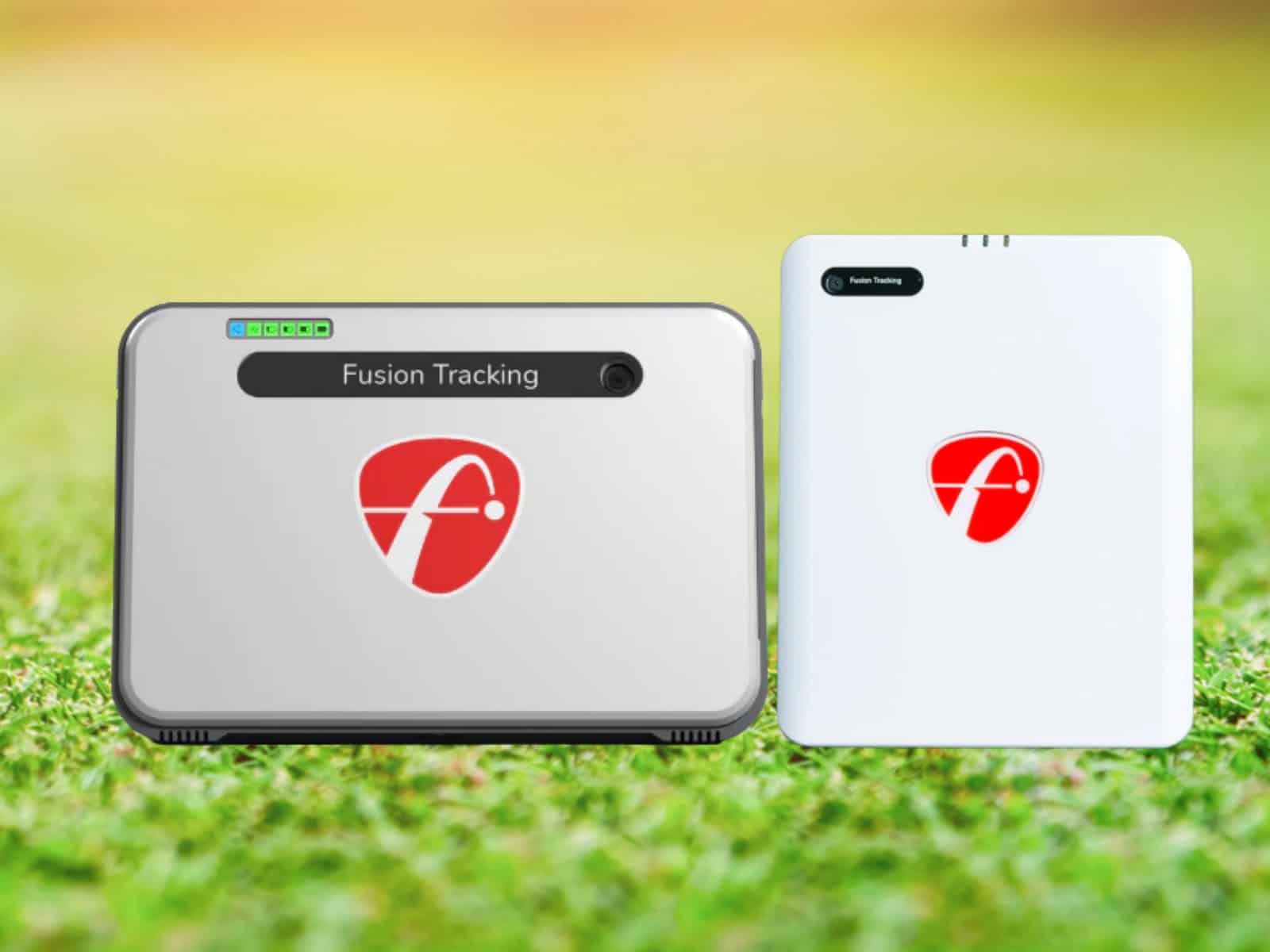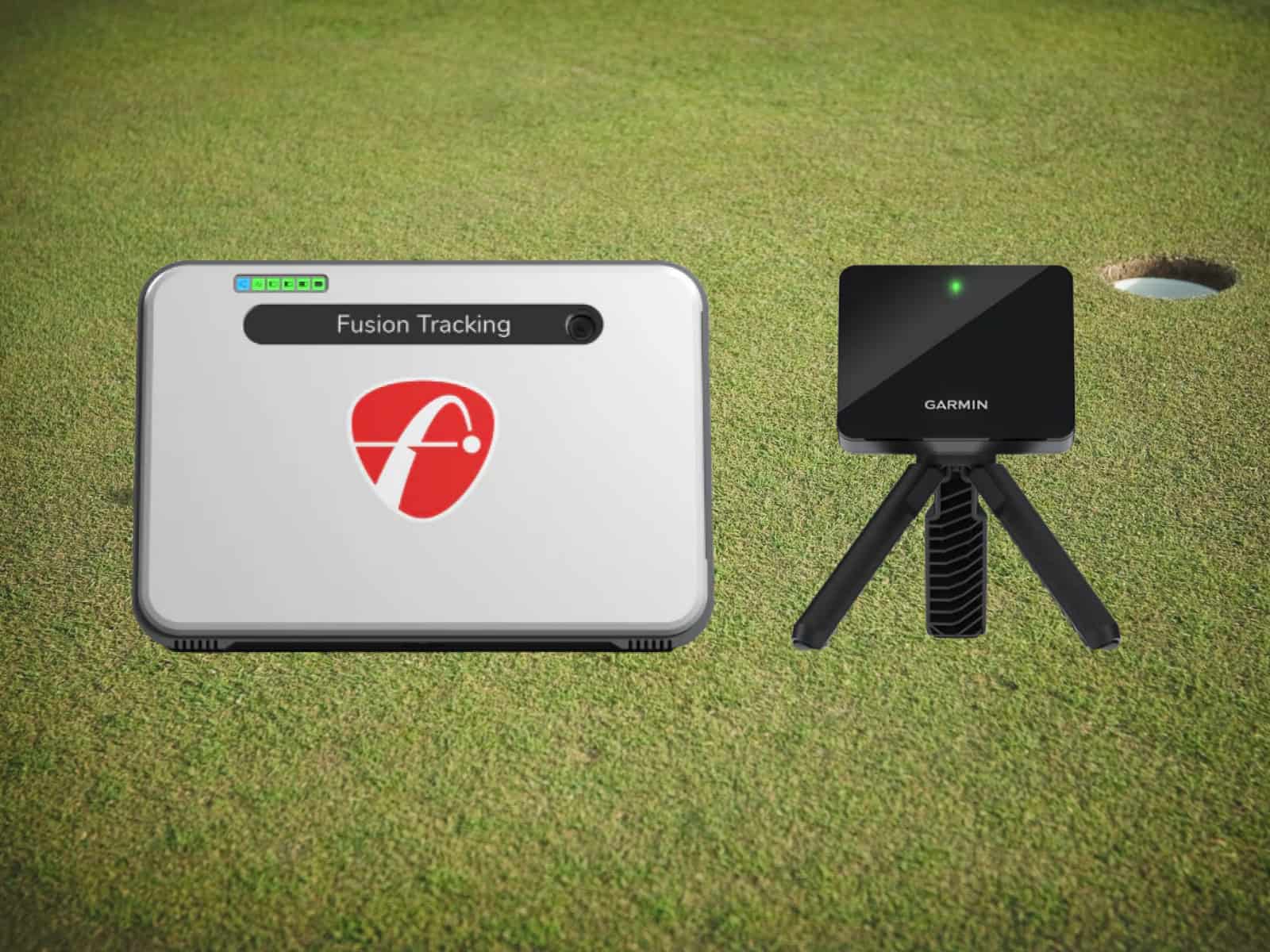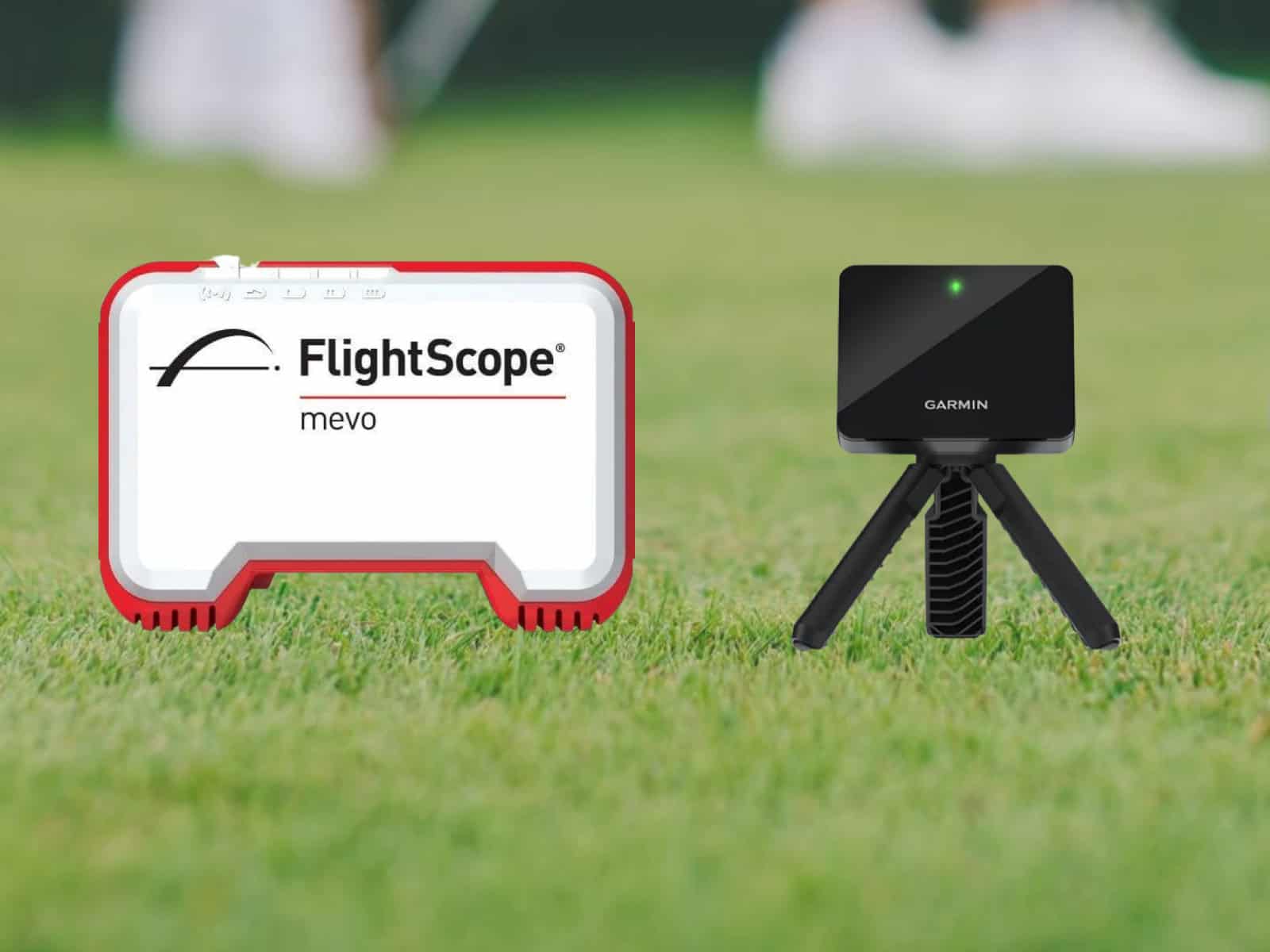If you’re weighing up the FlightScope Mevo+ against the Square Golf Launch Monitor, you’re not alone. These two devices dominate the conversation around affordable launch monitors—and for good reason.
On one side, you’ve got the Mevo+: a radar-powered, data-rich unit that’s made a name for itself in accuracy and outdoor performance. On the other? Square Golf—a compact, camera-based option with a no-subscription model that’s tempting for budget-conscious golfers looking to work on their short game indoors.
Whether you’re chasing high-fidelity shot data or just want a fun, reliable way to play virtual rounds in your garage, this head-to-head breakdown cuts through the noise. You’ll get real-world comparisons on features, accuracy, usability, and value—straight from the players who’ve put both units through their paces.
Mevo Plus vs. Square Golf: Quick Comparison Overview
The Mevo+ is built for players who want reliable, accurate data to guide their improvement. It leans toward the serious golfer, the one who wants a near-range-quality setup without paying Tour-level prices. It’s not exactly plug-and-play, especially indoors, but it rewards patience with precision.
Square, on the other hand, feels designed for simplicity. It’s quick to set up, easy to share and forgiving with space. For someone just getting into home simulators or working within a tight budget, it makes a compelling case.
Comparison Table: Features, Use Case and Pricing
Here is a chart comparing the two units’ main features and specs:
| Feature | Mevo Plus | Square Golf |
|---|---|---|
| Tracking Tech | 3D Doppler Radar | Dual Camera + Infrared Sensors |
| Space Requirements | ~18ft total (indoor) | ~10ft total |
| Portability | Good | High |
| Club Data Support | Yes (extensive) | Partial (missing club speed) |
| Putting Accuracy | Basic | Strong |
| Outdoor Use | Yes | No |
| Software Bundle | FS Golf, E6 Connect (basic) | Free range, putting, GSPro support |
| Price | $1839 | $700 |
| Subscription Required | Optional | No |
What Matters Most for Buyers: Accuracy, Portability, Value
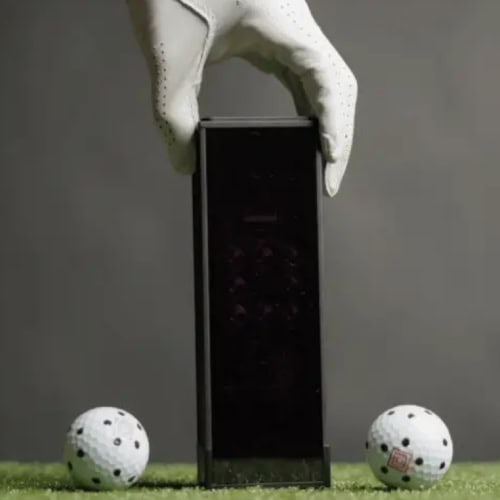
The portability gap is also worth noting. Square is lighter, faster to reposition and better suited for shared setups—especially if you’ve got both right- and left-handed players. Mevo+ has the edge outdoors, no contest, but Square isn’t built for the range.
Then there’s the question of software. Mevo+ bundles a stripped-down version of E6 Connect, with upgrade options if you want full-course play. Square skips subscriptions altogether. It comes with free range and putting modes and supports GSPro with no extra fees, offering a more flexible, pay-as-you-go experience.
Price is where things get interesting. The Mevo+ will set you back about $1838 or more. Square lands closer to $700. That’s a significant difference—especially if you’re still figuring out how deep you want to go with golf tech.
So yes, Mevo+ gives you more. But Square? It gives you enough. Whether that’s a deal or a dealbreaker depends on what kind of golfer you are. Or want to be.
Accuracy and Data Reliability
Mevo+ uses 3D Doppler radar—think of it like sonar for your swing. It tracks both ball and club through space, which is why it needs distance to work right. It captures data after impact, reading the actual flight. That’s ideal for spin axis, launch angles and shot shape accuracy.
Square leans on a dual-camera system backed by infrared sensors. It tracks motion visually, not by radar. That makes it more compact and easier to set up in tight rooms, but it relies more on estimation, especially for things like spin axis. Add in the risk of interference from other IR-based devices, and its accuracy can wobble under the wrong lighting or setup conditions.
Data Points Tracked
Mevo+ doesn’t pull punches. It gives you full ball flight metrics—ball speed, spin rate, launch direction, carry distance—and goes deeper with club data like swing speed, angle of attack and dynamic loft. It paints a full picture of what your swing and ball are doing.
Square tracks many of the same ball metrics: launch angle, ball speed, spin and path. But it’s missing a few key pieces. Clubhead speed and smash factor aren’t included. That’s a problem if you’re working on swing efficiency or dialing in distance gapping.
Real-World Accuracy Feedback
Numbers on screen don’t always match results on turf. That’s where feedback from golfers using both units starts to matter. Across the board, players say Mevo+ nails spin axis and flight curvature. If your shot fades or draws, Mevo+ shows it accurately—especially outdoors.
Square earns praise for short game accuracy, especially putting and chipping. Indoors, it performs solidly if you’re using marked balls and have clean alignment. But we did notice misreads when hitting drivers or hybrids. And the spin axis? It’s often estimated from clubface and path rather than measured directly.
What’s surprising is that in the right setup, Square holds its own against more expensive units. But one thing’s for sure—if you care about pinpoint accuracy on high-speed shots, Mevo+ has the edge.
Indoor vs. Outdoor Use
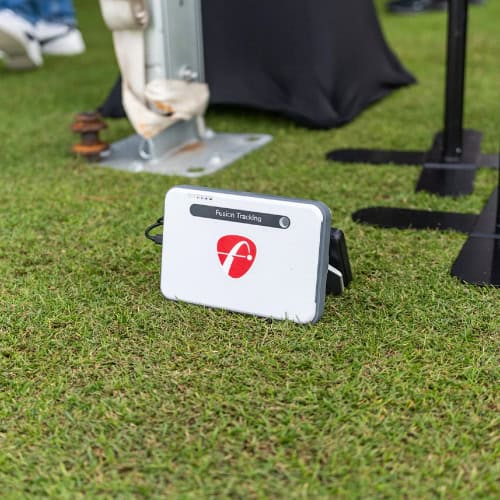
Let’s talk about space—because it matters more than you think. Mevo+ needs room to breathe. You’re looking at roughly 18 feet total: 8 feet from ball to net, and at least 6–8 feet behind the ball for the radar to lock in. That rules out tight garages or small basements. The reward? More accurate data when that space requirement is met.
Square, though, fits where Mevo+ can’t. It thrives in smaller setups, working well in spaces with just 10 feet total. Apartment? Spare room? You’re in business. Its camera-based design doesn’t rely on ball flight tracking over distance. That makes it forgiving indoors.
Portability and Multi-Handed Support
Mevo+ stays behind the player, so whether you’re swinging right or left-handed, there’s no need to reposition the unit. It sees everything from the same angle, which makes switching between players frictionless.
Square doesn’t have that luxury. It sits in front of the player, so flipping from righty to lefty means moving the unit to the opposite side and recalibrating. The process is quick—faster than most—but it’s still a reset each time. For single users or same-handed play, it’s smooth sailing. For mixed setups, it’s a bit more hands-on.
Putting and Short Game Performance
When it comes to the short game, Square pulls ahead. Its camera system tracks low-speed putts and chips with surprising consistency. You get clean reads on delicate tap-ins, tricky sliders and short pitches—without needing much room or special lighting. It handles putting speeds as low as 1.6 mph and gives quick feedback, which makes it ideal for tight indoor setups.
Mevo+ doesn’t quite keep pace. Its radar tech is tuned for full shots, not finesse work. Short putts and chips often go unregistered or lag behind. While it’s serviceable for casual use, the feedback just isn’t as crisp or reliable when it comes to touch shots around the green.
Software Ecosystem and Integration
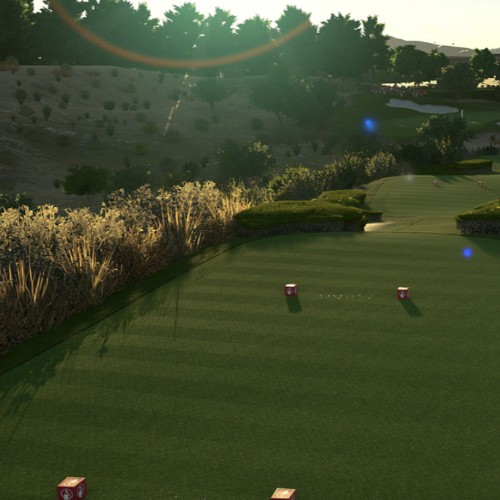
When it comes to simulation, both units take very different paths. One leans on proven platforms and polished design. The other focuses on flexibility and freedom from subscriptions.
Simulation Software Compatibility
Mevo+ runs with FS Golf and includes a limited version of E6 Connect. You can upgrade to full E6 or TGC 2019 for more courses and game modes. These platforms are stable and offer a solid visual experience, but setup can be a bit manual.
Square uses a credit-based model—1,000 credits come included, with one credit used per hole. You also get access to GSPro with no credit use at all. Core modes like driving range and putting are free out of the box. It’s simple, quick, and low-maintenance.
Subscription Models and Software Ownership
Mevo+ doesn’t force a subscription, but premium software usually costs more—and licenses don’t transfer if you buy used. That’s something to watch for on the secondhand market.
Square avoids subscriptions entirely. You pay once, play what you want, and only need to top up credits if you burn through them. GSPro support skips credits, making it an attractive long-term play for sim junkies.
Two solid options—one bundled and brand-backed, the other open and flexible. Pick your lane.
Price and Value Analysis

Price often makes the final call. But cost alone doesn’t tell the full story—especially when one unit leans on long-term accuracy and the other prioritizes accessibility.
Base Cost and Package Comparison
Mevo+ sells for around $1839. That gets you a radar-based launch monitor with advanced ball data, basic simulation software and no subscriptions out of the box. It’s a one-time investment, but extra software features can push the price higher if you go down the TGC2019 or full E6 path.
Square sits closer to $700. You get photometric tracking, 1,000 course credits, free GSPro integration, and core modes like putting and driving range at no extra charge. It’s plug-and-play for a lot less, with fewer surprise costs.
Long-Term Value and Resale Considerations
Here’s the catch—Mevo+ holds value better. Its accuracy and reputation make it a safer secondhand purchase. But licenses don’t transfer, which can create friction for used buyers unless you deal with support.
Square’s value comes from ease and flexibility. There’s no subscription to cancel, and GSPro works even after credits run out. But resale is tricky. The built-in credit system and software can’t always be reassigned, which limits its appeal down the line.
Pros and Cons Summary
Both devices bring something different to the table. But each also comes with trade-offs—some obvious, others that only show up after a few rounds in the sim.
FlightScope Mevo+
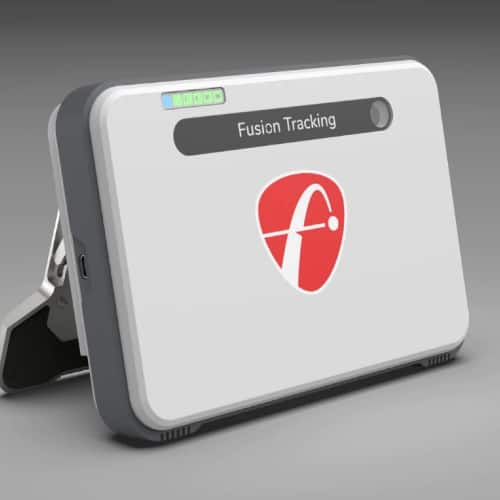
What works:
Mevo+ delivers serious performance for the price. Its radar system picks up on shot shape, spin axis and launch numbers with consistency. It’s great for outdoor practice, and it scales well with simulation upgrades like TGC 2019 and full E6 Connect. You get excellent accuracy without tour-level spending.
What doesn’t:
Space demands are high. If your indoor setup can’t give it at least 16–18 feet, performance suffers. The software licenses also don’t transfer, which might be an issue for secondhand buyers. And while it can read putts and chips, it’s not its strong suit.
Square Golf
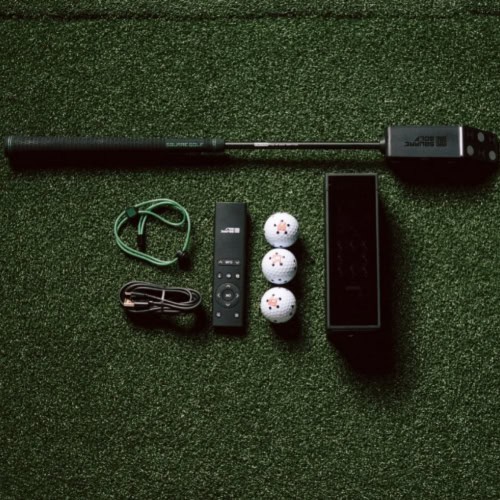
What works:
Square is easy to use, fits small spaces and handles putting and chipping like a champ. It skips subscriptions, supports GSPro and offers fast setup with minimal tech stress. For the price, it gives a solid simulation experience—especially for newer golfers or budget builds.
What doesn’t:
It falls short on advanced metrics like clubhead speed and smash factor. Spin axis accuracy can dip, especially if you don’t use marked balls. And since it sits in front of the player, switching between left and right-handed users adds setup time. Resale value might also be limited due to the software model.
You’ve got one that thrives on precision and scale. The other is built for access and ease. Which matters more depends on where you play—and how deep you want to go.
Which Launch Monitor Should You Buy?
No two golfers are the same—and neither are their setups. Whether you’re chasing low scores or just want to tee it up in your garage, the right choice depends on how and where you play.
Best for Accuracy-Focused Users
If you want data you can trust, Mevo+ is the better bet. Its radar system locks in full-shot metrics with the kind of precision that helps break down flaws and track real improvement. Outdoor range work? No contest. It shines in open space. Pair it with a simulation upgrade and you’ve got a serious training tool that rivals monitors double its price.
Best for Limited Space and Casual Play
Square is the go-to if you’re working with tight indoor space or want a no-fuss way to play simulated golf. It tracks putts and chips well, works with GSPro and skips subscriptions. It’s ideal for beginners, casual users or anyone who doesn’t need every metric under the sun. You’ll get a solid experience without eating up a room—or your wallet.
Starter Setups vs. Long-Term Investments
Starting from scratch? Square gives you an affordable entry point without locking you into ongoing costs. But if you’re building a sim for the long haul—something you can grow into—Mevo+ has more ceiling. The only question is: do you want to start small and simple, or aim high and dial in every shot?
Frequently Asked Questions
These are the questions real golfers keep asking when comparing the Mevo+ and Square launch monitors.
Mevo+ vs Square launch monitor accuracy: which one wins?
Mevo+ wins on accuracy—especially for spin axis, shot shape and full-swing metrics. Square holds its own indoors and shines in the short game, but it can’t match Mevo+ on raw data precision.
Do E6 Connect courses transfer with used Mevo+?
Nope. Licenses are locked to the original owner. If you buy secondhand, you’ll need to repurchase or contact support. That can be a dealbreaker if you’re bargain-hunting.
Which of the two is better for left and right-handed golfers?
Mevo+ handles hand-switching without adjustment since it sits behind the tee point. Square is also good if you don’t mind repositioning the unit each time. It’s super easy to do but adds a few seconds.
Does Square Golf need marked balls?
Not technically—but you’ll get better spin readings if you use them. Their 2-piece and 3-piece balls come pre-marked, and they help clean up data.
Is the Swing Stick worth it with Square Golf?
For fun? Yes. As a serious training tool? Not really. It’s best for casual swings, tight spaces or letting the kids get involved. Just don’t expect real-world feedback.
What data does the Square Golf Launch Monitor track?
The Square launch monitor tracks launch angle, spin, path, face angle, dynamic loft, ball speed, and carry. It doesn’t track club speed or smash factor—yet.
Final Thoughts
Two launch monitors. Two very different tools. Both built with purpose.
Mevo+ is for the golfer who wants more than ballpark numbers. You get radar-based data that holds up on the range, in a full sim or deep into a custom practice session. If you’ve got the space and the budget, it returns the favor with accuracy that rivals higher-end units.
Square goes after a different kind of player. The one who wants to play virtual rounds without rearranging the whole house. It wins on simplicity, short game support and cost. It skips a few metrics, but for many golfers, it hits just enough to make practice feel real—and fun.
Check out our in-depth Square Golf Launch Monitor Review to learn more about its performance, accuracy, and value.
So which matters more: dialing in spin numbers under the sun, or rolling a perfect putt on your lunch break? That choice doesn’t come from a spec sheet. It comes from how you play. And maybe… how far you’re ready to take it. For a deeper dive into the differences, check out our Square Launch Monitor vs. SkyTrak Comparison.
Thanks for reading!


